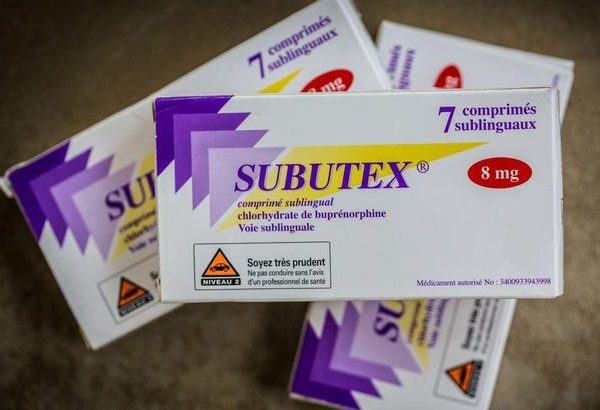Description
Aim 5-MMPA ( Mephedrene )
The 5-MMPA ( Mephedrene ) of new psychoactive substances is constantly evolving, with arylalkylamines being one of the largest groups among them.
5-Methylmethiopropamine (5-MMPA, mephedrene), a derivative of methiopropamine. (MPA) is available from online vendors selling “research chemicals” and was first seize by German authorities in 2020. No scientific data about its pharmacological effect and its fate in the human body are available so far. Therefore we investigated the in vivo and in vitro metabolism of 5-MMPA after detection of this compound in a fatal intoxication.
Method 5-MMPA ( Mephedrene )
For tentative identification of phase-I metabolites 5-MMPA ( Mephedrene )was incubate. with poole human liver microsomes (pHLM). Additionall, an authentic urine sample was worke up use protein precipitation .with and without prior glucuronide cleavage. Analyse for metabolite identification were carri out use high resolution LC-ESI(+)-QTOF-MS.
Chromatographic separation was achieve on a Kinetex Biphenyl column (100 × 2.1 mm, 2.6 μm). For the post-mortem investigation of the fatal intoxication. a standar addition approach use automate SPE for sample workup .was performe to quantify 5-MMPA in femoral blood with LC-MS/MS.
Results
In the pHLM assay three phase-I metabolites were identifie, of which only two where confirme in the available authentic urine sample.
In addition six further phase-I and two phase-II metabolites were detecte in the analyze urine sample. Predominant metabolic reactions were hydroxylation, oxidation, N-dealkylation, glucuronidation and combination thereof. In urine an oxo-hydroxy metabolite, that was not generate in the pHLM assay. was detecte with the highest abundance. The concentration of 5-MMPA in the femoral blood sample was 7.100 ± 600 ng/mL.
Conclusion
The in vitro pHLM assay was not suitable to predict the main metabolites . 5-MMPA as confirmed in the available real case sample. The majority of the metabolic reaction and in particular the oxidation of 5-MMPA appear to be catalyze by enzyme.
that are not present in an active state in the pHLM assay. Analyse of an authentic urine sample suggest oxo-hydroxy-5-MMPA (main metabolite) and N-demethyl-5-MMPA as suitable biomarker for 5-MMPA consumption. To confirm the exaxt chemical strucuture of these markers isolation and structure elucidation, e.g. by NMR, or the synthesi of reference compound would be neede. In the fatal intoxication case, the elevate blood concentration of 5-MMPA was considere likely to have contribute to toxicity/death (equivalent to a Toxicological Significance Score accord to Elliott et al. (2017) of 3). This represent the first documente fatal case involving 5-MMPA.





Reviews
There are no reviews yet.